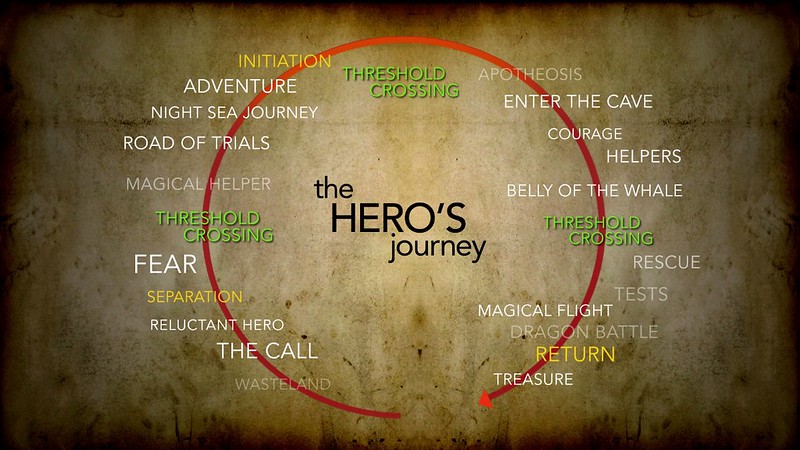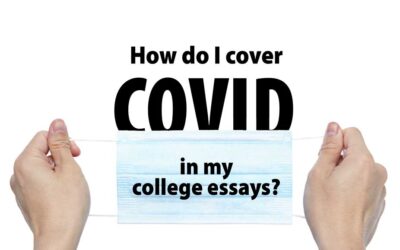We’ve established some key elements of good storytelling in previous installments, such as characters, setting, and plot, as well as why a good story can be such an effective tool for hooking readers.
Now let’s dig deeper into the essential engine of good stories: the plot. I have good news and bad news about plotting college essays. The good news is that college essays have relatively limited word counts, so you don’t need to plan a massive, complicated plot spanning hundreds of pages. The bad news is that crafting a plot that’s both short and compelling has plenty of its own challenges.
Story Models
But more good news – a lot of extremely smart people have spent a lot of time and effort articulating the essential plot steps of development of great stories. Many of the best models to follow are based on Joseph Campbell’s Hero’s Journey, or Monomyth, a storytelling model that’s the basis for tons of classic and modern adventure stories, from the original Star Wars films to Rick and Morty.
If we pare these models down to their most basic parts for you to emulate in a great college essay story, we get:
- A character (you) who starts in a comfortable place but encounters a challenge or a need
- The character overcomes the challenge and/or resolves the need, changing and learning something in the process
Incorporating that structure into your essay’s plot can make a world of difference when it comes to engaging readers and giving them an essay, and story, that’s both meaningful and memorable. Considering this structure early can also help you make smart choices about selecting your essay topic if you’re struggling to decide what to write about.
If you’re not sure that you’re crafting the best possible essay and making yourself stand out from the crowd of other applicants, contact us for a free consultation. i2i will happily review options with you to assist in improving existing essay drafts or to help you generate ideas if you don’t know where to begin.




